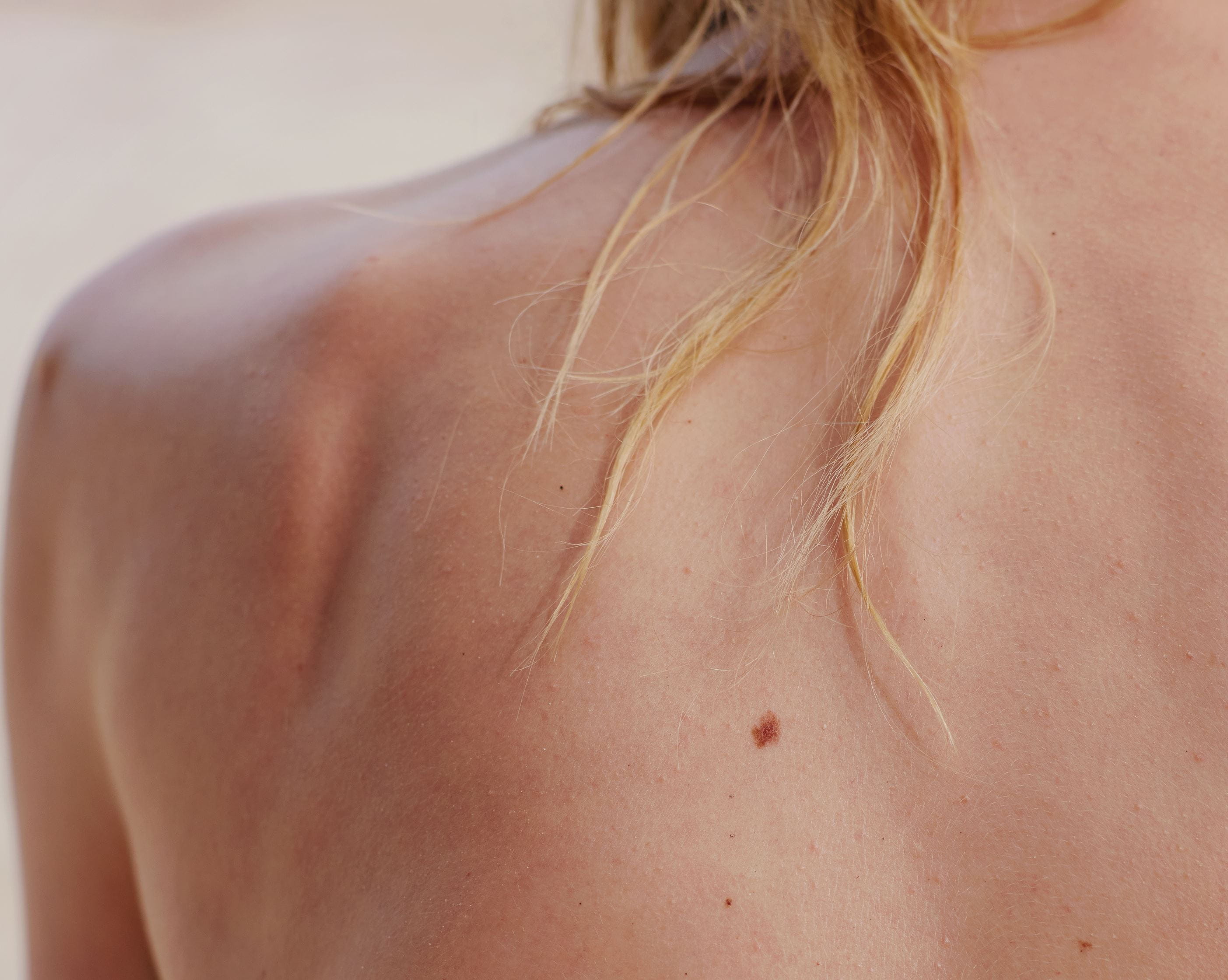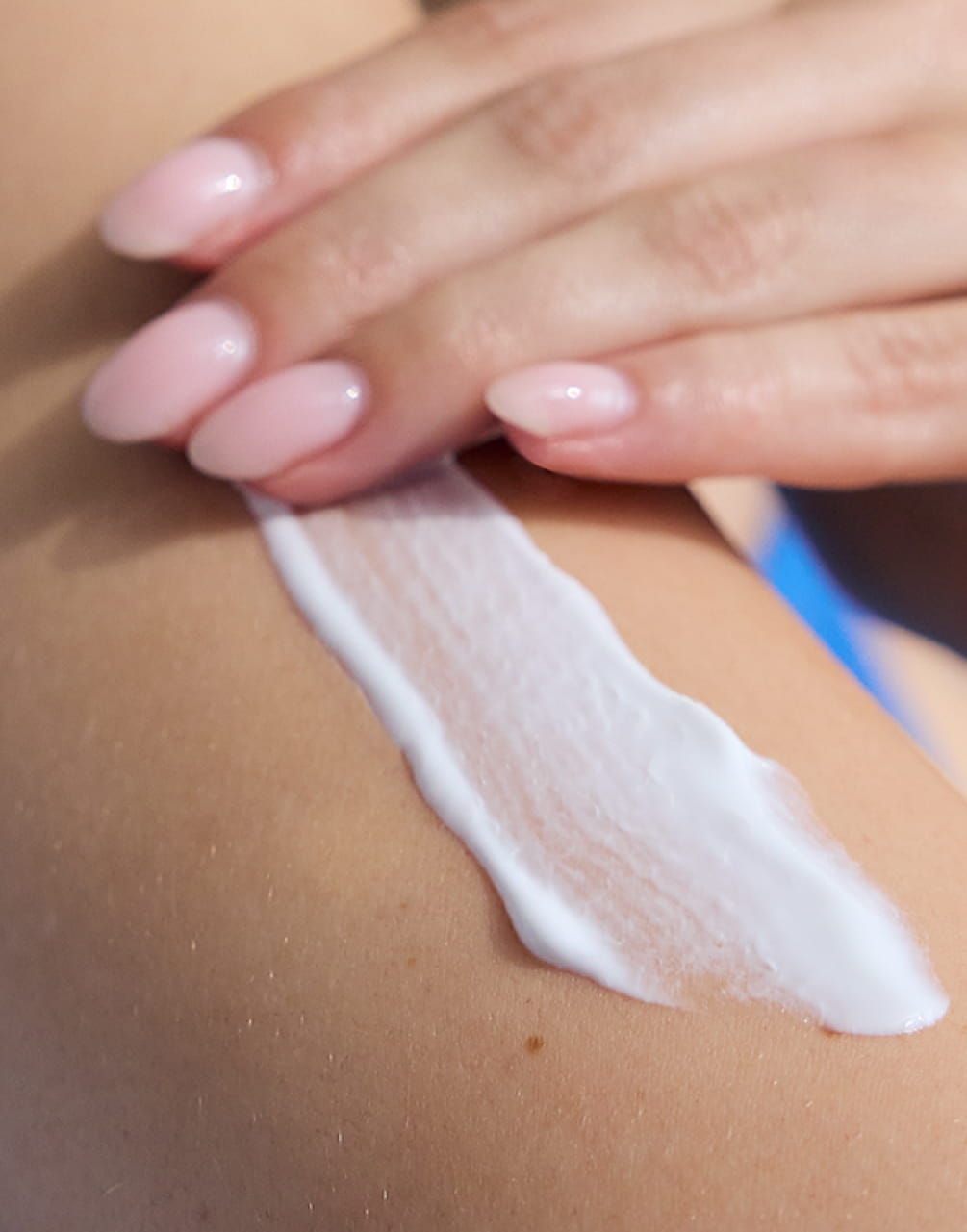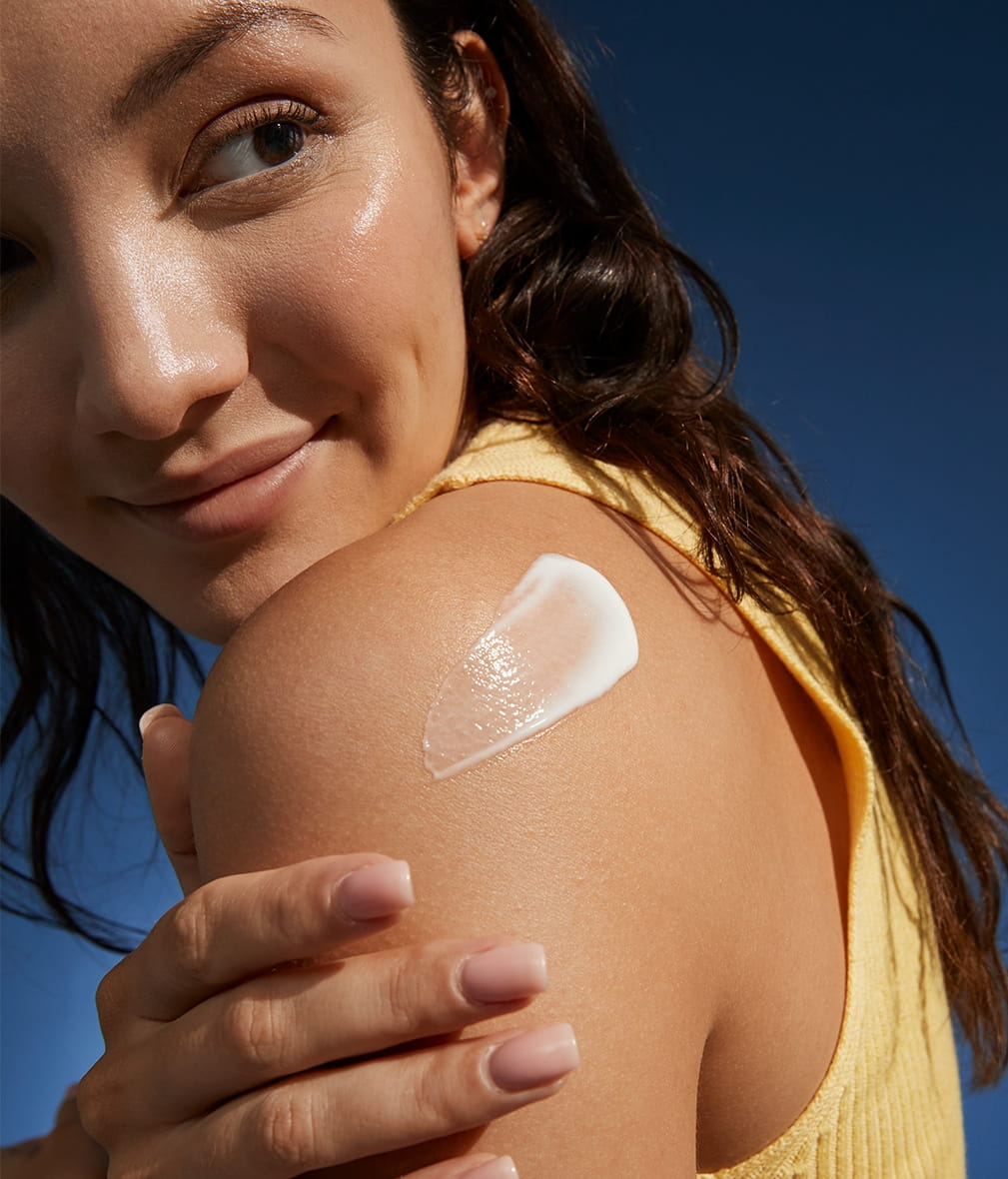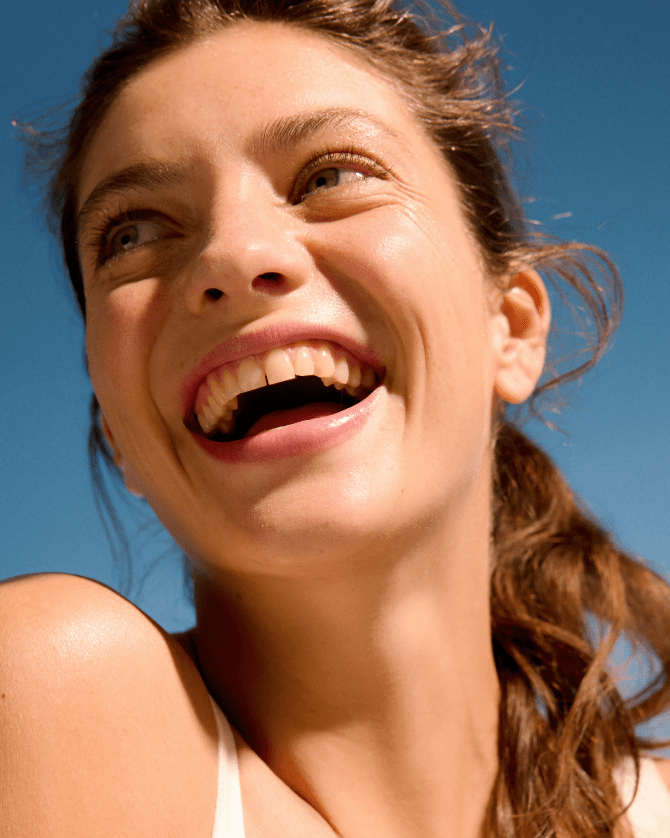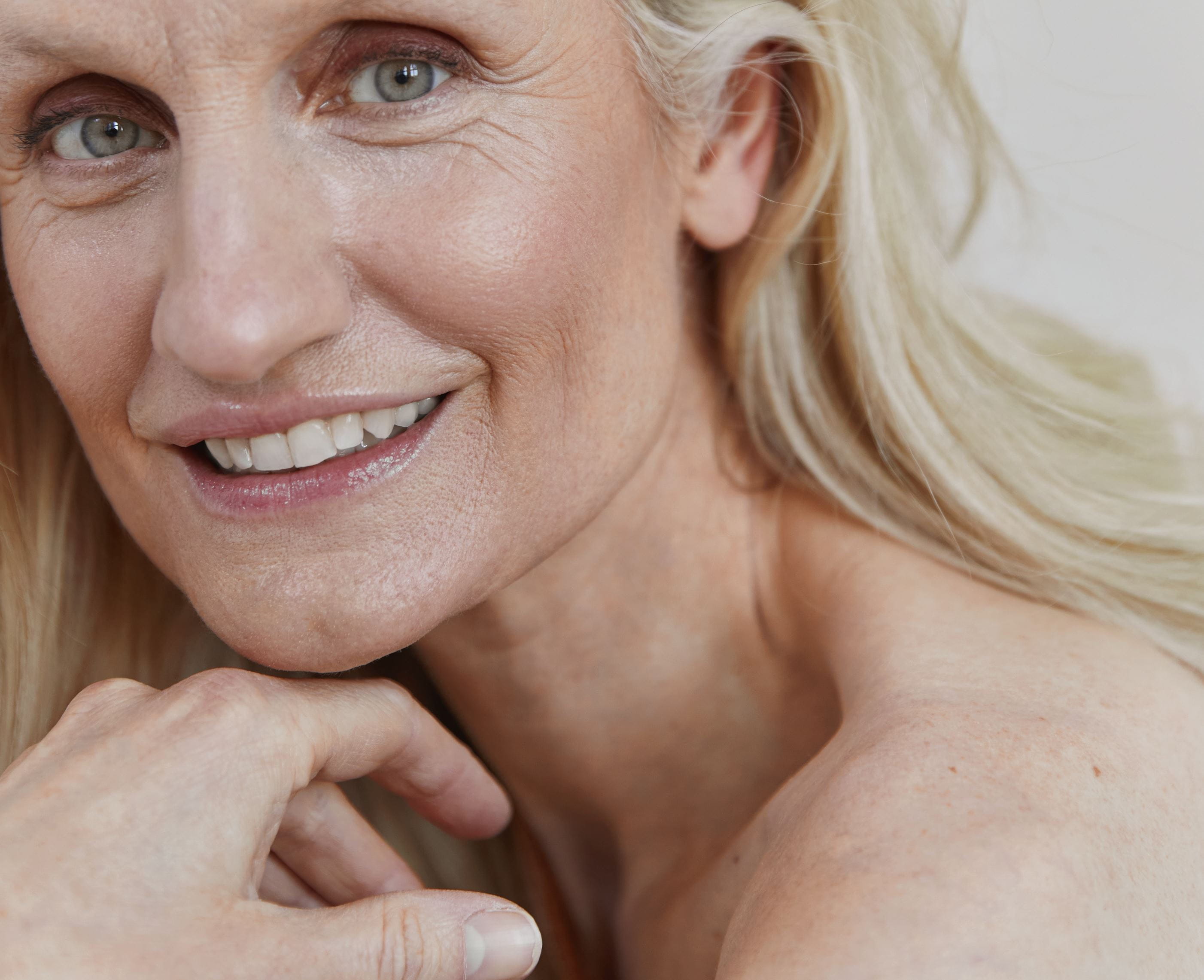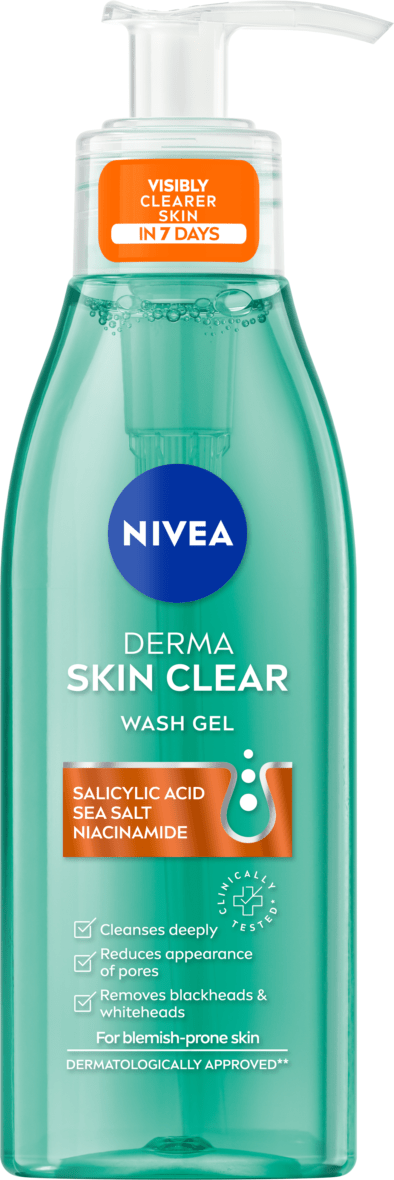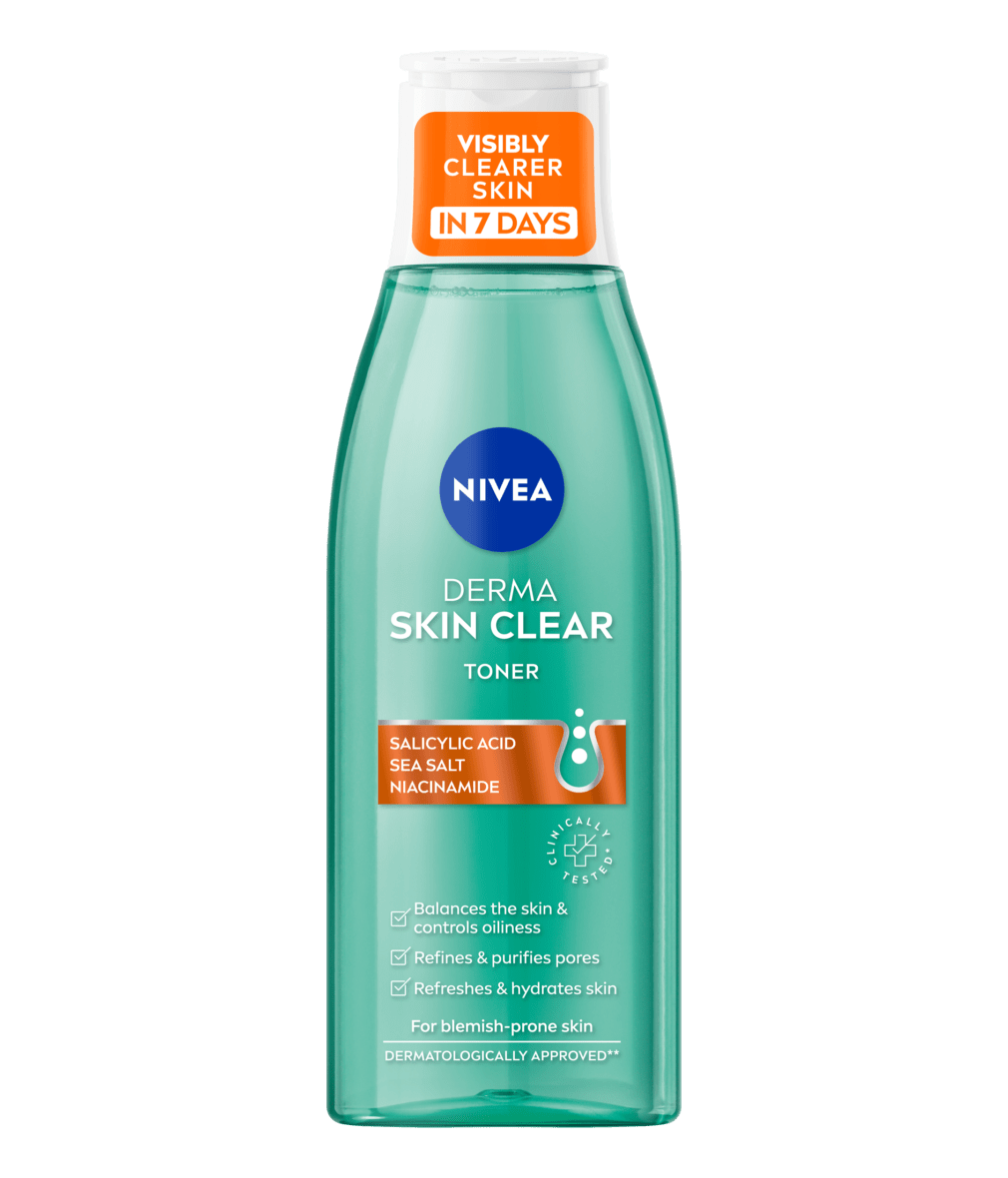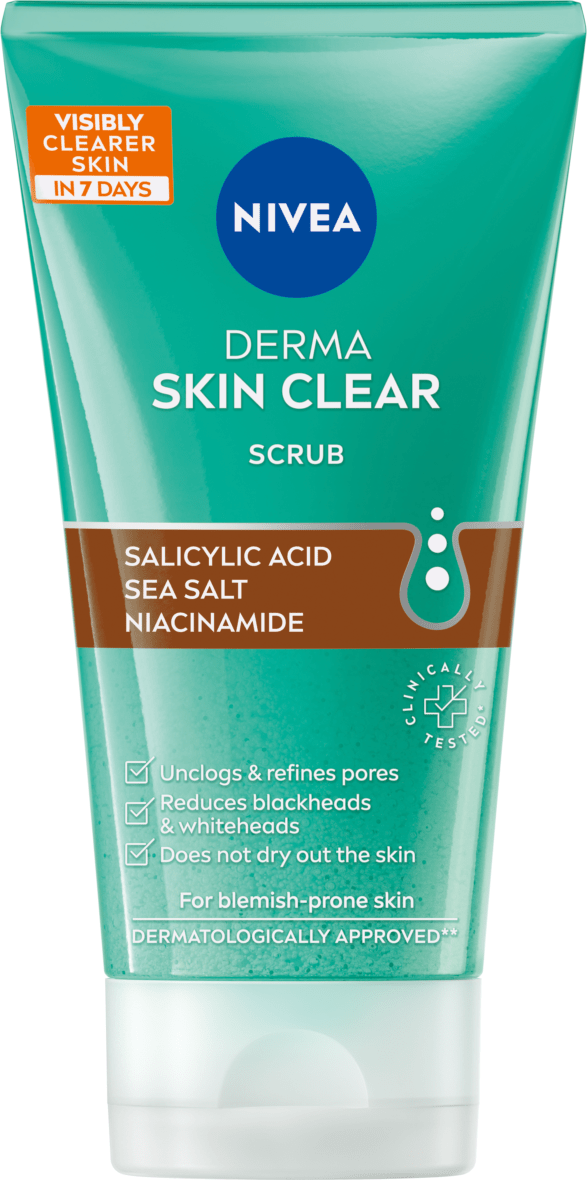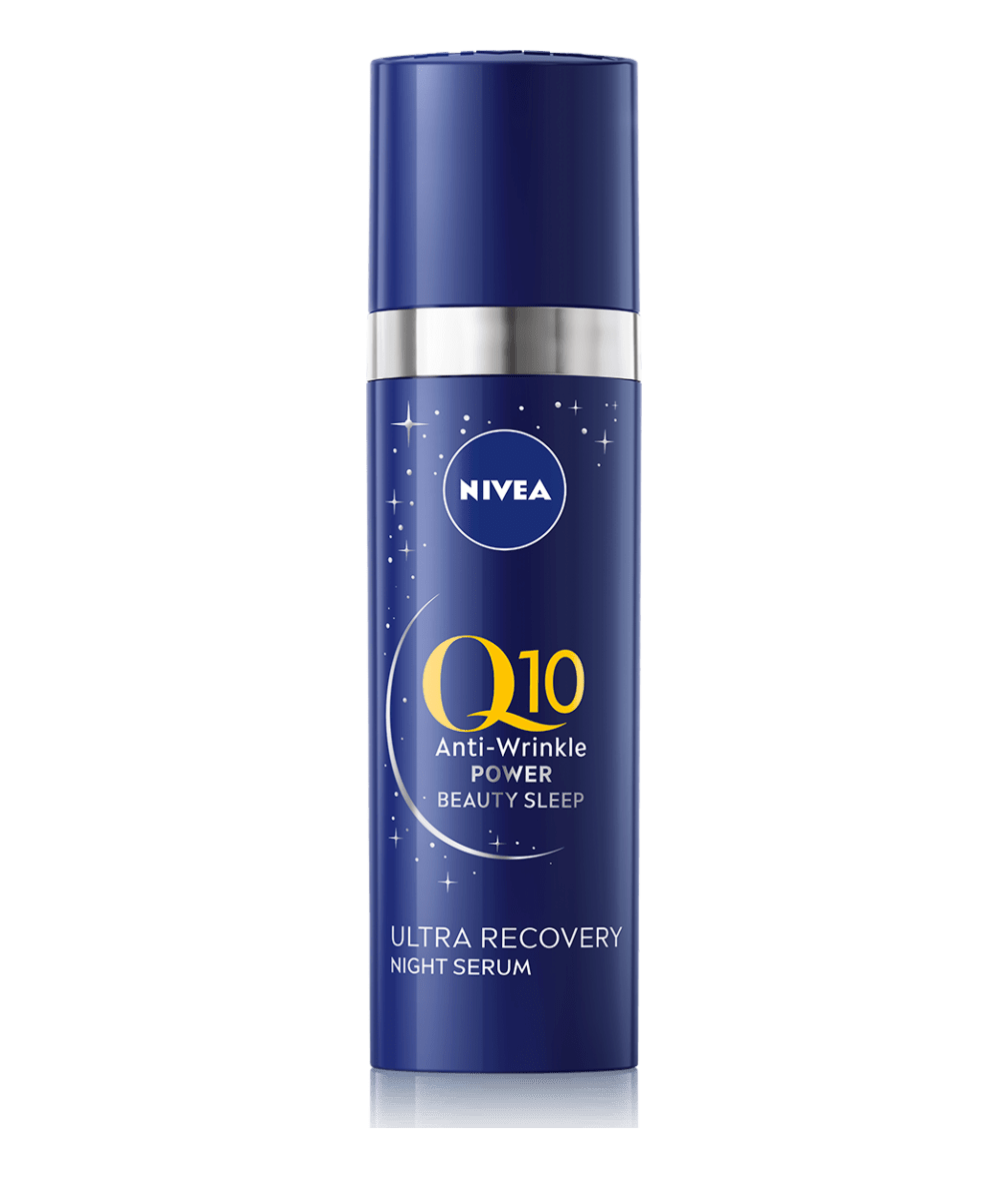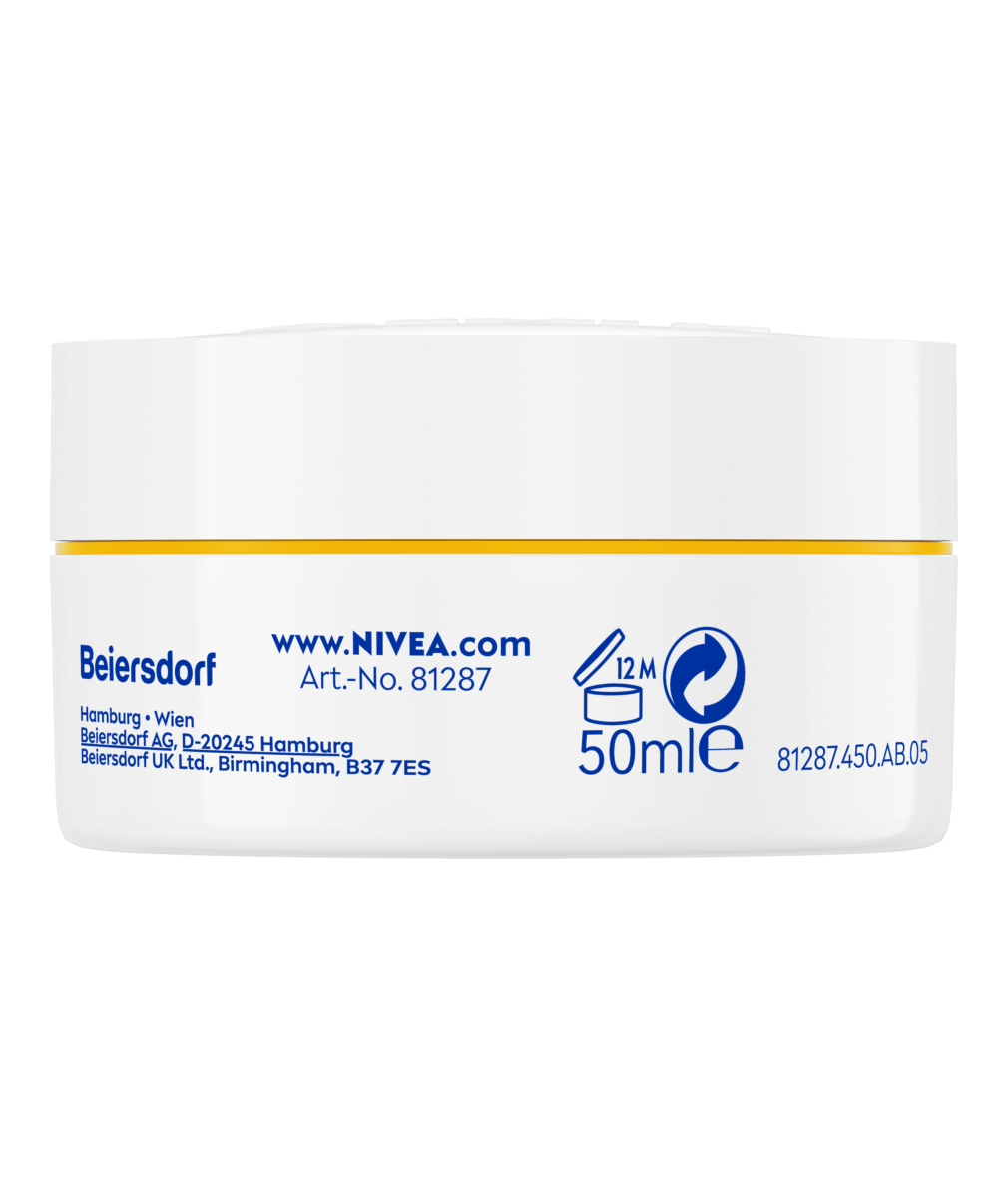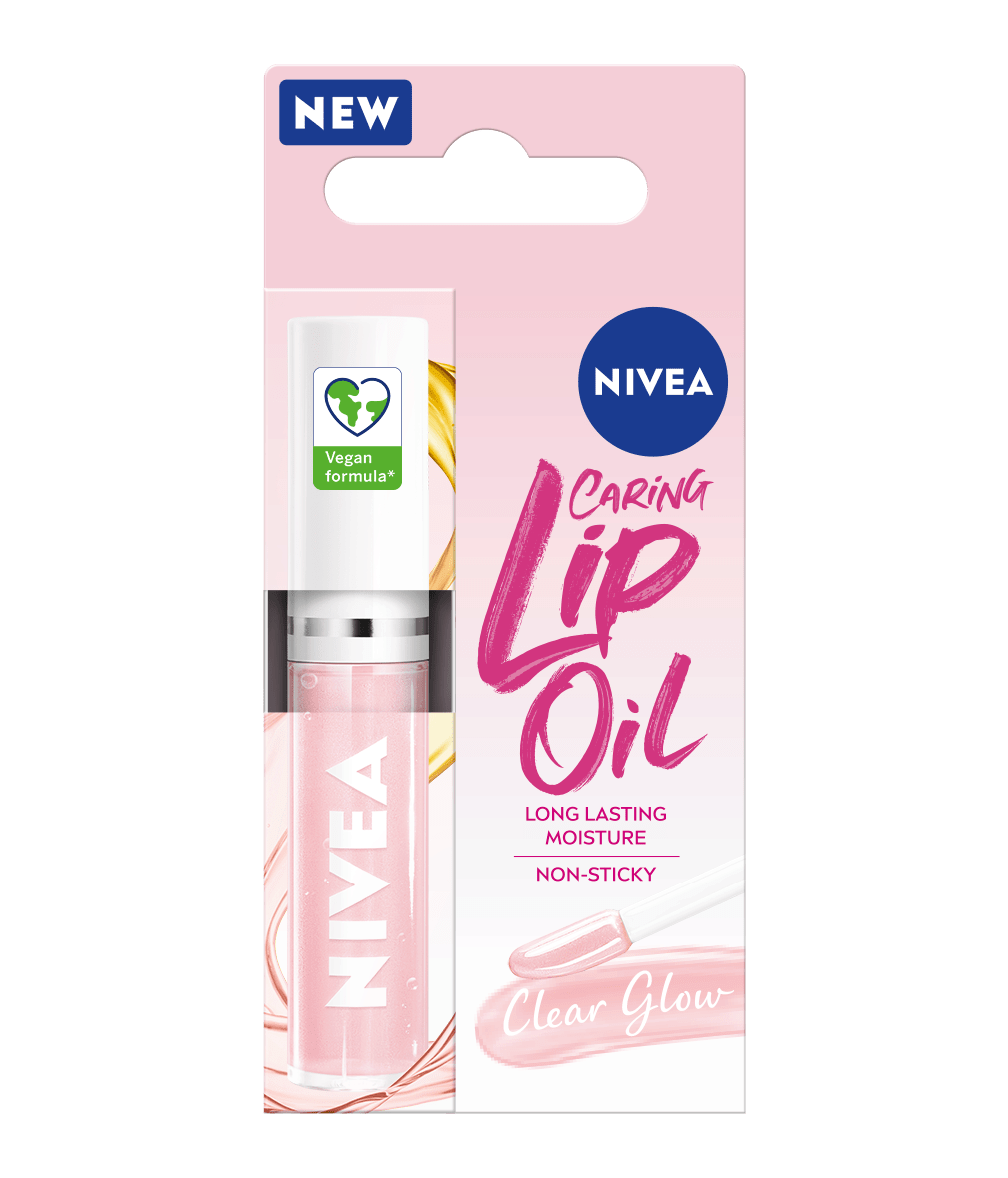
How to prevent and treat pimples on the back
Similar to pimples on the rest of the face, pimples on the back can be painful and bothersome. Our guide covers ways to prevent and treat them.
WHAT ARE PIMPLES ON THE BACK?
Back acne is the term used for areas of acne on the back. It can be similar in appearance to the pimples you might find on other parts of the body, such as your face - and they typically form in clusters. Although completely natural, they may cause distress and discomfort but there is a wide range of at-home remedies as well as dermatological treatments that can help.
Since the skin on the back is thicker than on other parts of the body, it’s particularly prone to pimples. But what type of pimples can form on the back?
WHAT TYPE OF PIMPLES CAN FORM ON THE BACK?
Pimples on the back can differ in appearance but typical fall under one of these four categories:
1. Blackheads: a follicle clogged with sebum of which the outer part oxidises with the air around it to form a black plug
2. Whiteheads: similar to blackheads but without the plug being exposed to air, so it remains white in appearance
3. Cysts: these pus-filled bumps are the result of bacteria build-up in a hair follicle and form well below the skin’s surface
4. Red bumps: these can be sensitive to touch and are the result of an inflamed hair follicle.
WHAT CAUSES PIMPLES ON THE BACK?
HOW CAN YOU PREVENT PIMPLES ON THE BACK?
HOW CAN YOU GET RID OF PIMPLES ON THE BACK?
The NIVEA Derma Skincare Range
ARE MEN MORE LIKELY TO GET PIMPLES ON THE BACK?
ARE PIMPLES ON THE BACK SYMPTOMATIC OF SOMETHING ELSE?
Pimples on the back are typically not a symptom of another underlying health condition - however, in some cases it could be a sign of hormonal imbalance or another medical condition. For example, pimples may appear on the back of women diagnosed with polycystic ovary syndrome (PCOS), a hormonal disorder that can cause acne.
Medications may also lead to pimples on the back. These include some medications used to treat depression, which can cause acne as a side effect. If you begin to notice pimples after starting a new medication, it’s best to monitor them and consult a medical professional if they persist.
